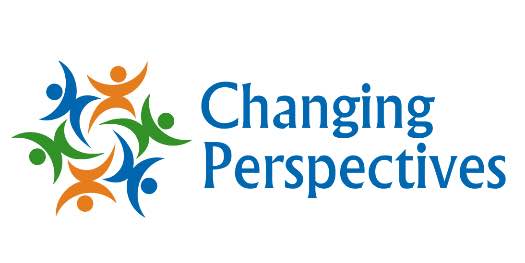News
To find out more about how we put our mission into action everyday explore our latest news.
Critical Practices for Anti-Bias Education
From Learning For Justice: This critical practices guide offers practical strategies for creating a space where academic and social-emotional goals are accomplished side by side.
Teaching About Race and Social Justice is Part of Social Emotional Learning
From Make Social & Emotional Learning Stick: "We must be actively anti-racist. We can raise topics like bias, empathy, and navigating conflict."
How To Talk To Your Children About Protests and Racism
From Good Day Sacramento: "How can a parent help their child traverse these disturbing times? Let the child’s age and level of development guide you, experts say, but first, be sure that you are in the right frame of mind."
Talking to Kids About Racism and Police Brutality
From Achievement First: "We have compiled a list of resources to begin processing trauma with children and to support you in creating space for potentially challenging, but important, conversations."
Social Justice Toolbox
From socialjusticetoolbox.com: "The Social Justice Toolbox is a resource hub for free, curated, ready-to-rock social justice activities and facilitation guides designed to help you make the most of your diversity workshops and social justice trainings."
4 Ways to Plan for Social Emotional Learning and Anti-Racism in Early Elementary
From Better Kids: "...we are not truly teaching into SEL unless we talk about race and anti-racism in our classrooms."
Teaching Your Children About Bias, Diversity, and Social Justice
From Edutopia: Use young children’s understanding of differences to teach social justice through age-appropriate literature, news stories, anti-bias lessons, familiar examples, and problem solving.
Racial Justice in Education: Resource Guide
From NEA Ed Justice: Why Racial Equity & Justice? Talking Race. A resource guide with tools for assessment, strategic planning, and action.
Equity vs. Equality and Other Racial Justice Definitions
From The Annie E Casey Foundation: A common language creates a narrative that makes it easier to communicate the commitment to racial equity, and it creates a platform for coordinated work toward equitable outcomes.
How To Talk To Your Students About Gender Identity
From Trans Cafe: "We all need to be agile, adaptive and patient with one another. The need to talk about gender identity in the classroom is an opportunity, not a liability."
